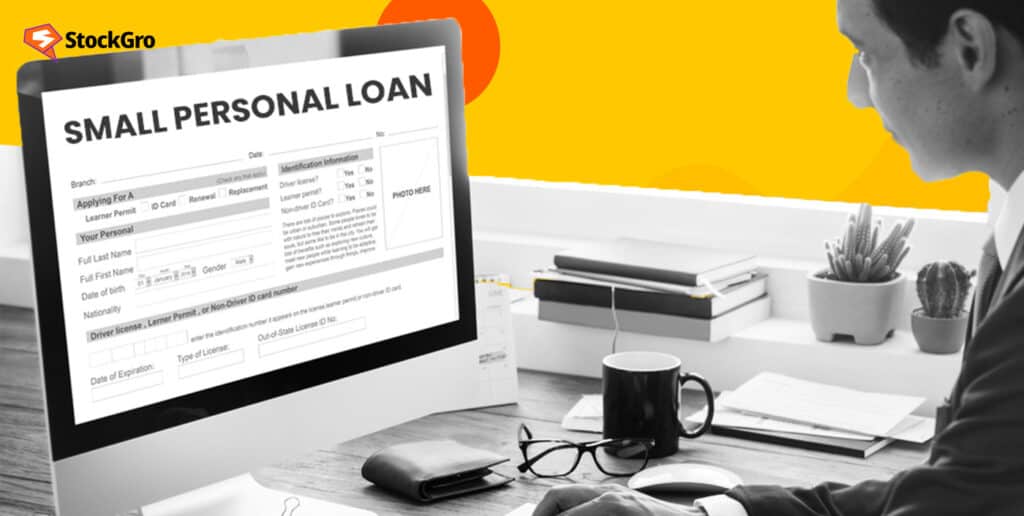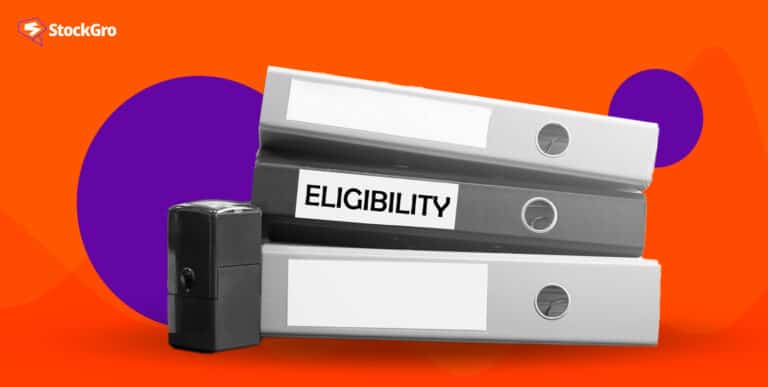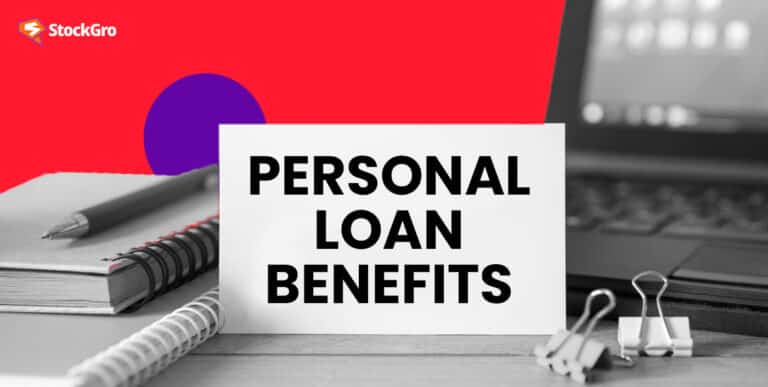
Need some money but don’t want to deal with lots of paperwork and hassle? Personal loans from Rs 50,000 to Rs 15 lakhs can help pay off debts, manage expenses, and more. Banks and finance companies offer decent interest rates and payment flexibility on smaller loans. It’s an easier way to get a lump sum when you need it.
In this guide, we’ll explain the eligibility, paperwork required, and tips in simple language – no fancy financial talk! So, let’s get started.
Purpose of small personal loans
Small personal loans allow you to borrow a lump sum of money that you can use for almost any legal purpose. Common uses include:
- Paying off higher-interest credit card balances
- Funding home improvement or remodeling projects
- Paying medical bills not covered by insurance
- Consolidating other debts into one monthly payment
- Covering expenses related to a wedding, adoption, or other major life event
With a fixed monthly payment and set repayment term, a personal loan can provide an affordable way to pay for major planned expenses or get high-interest variable debt under control.
You may also like: Simplify your financial life with debt consolidation: A complete guide
Types of small personal loans
There are a few main types of personal loans to consider:
Unsecured
An unsecured personal loan does not require you to pledge any collateral. This makes qualification more based on your creditworthiness and income level. Average APRs for unsecured loans range from 10% to 36%. The advantage is not having your stuff at risk if you default, but interest rates may be higher than a secured loan.
Secured
A secured loan means putting something you own – like part of your home’s value or car title – as “collateral” that the lender can take if you fail your repayments. Secured loans usually have lower interest rates but there’s a chance of losing an asset to default. You have to weigh if saving some on interest’s worth the risk.
Fixed-rate
With a fixed-rate loan, your interest stays the same over the full payment term. This gives you certainty on the exact rupee amount owed each month for easy budgeting. With this, there is no worrying about fluctuating rates messing with your cash flow down the road.
Variable-rate
With a variable-rate loan, the interest decreases over the repayment period depending on market trends. So the monthly amount you owe could vary over time, making it tougher to predict your budget. It can save you money if rates fall, but sting if they swing higher over the years.
Also Read: The hidden costs of freedom: Foreclosure charges on personal loans
Step-by-step guide to apply for a personal loan
Applying for a small personal loan is a relatively straightforward process:
1. Check your credit reports and scores. Good credit in the mid-600s or higher is generally needed for approval but some lenders have more flexible requirements. Free services like Credit Karma provide your VantageScore; paying for full reports directly from Experian, Equifax, and TransUnion will also give your FICO score most lenders use.
2. Determine the loan amount needed for your purpose, the repayment timeline desired, and the type – secured or unsecured. Get personalized rate quotes from multiple lenders including banks, credit unions and online lenders. Compare all cost details, including origination fees.
3. When you’ve identified the loan and lender that best fits your needs at the lowest cost, you can complete an application online, over the phone or in person. You’ll need to provide information to verify your identity, income, existing debts/assets, and purpose for borrowing funds.
4. The lender will typically decide in one or two business days, though some may respond instantly. Quick pre-approvals are common but final underwriting and documentation is still needed if approved.
5. Expect a firm approval detailing the exact loan amount, terms including APR and monthly payment, and instructions for final steps like e-signing loan documents. Read all terms closely and get clarification before signing to prevent surprises.
6. Once the paperwork is complete, the lender typically funds approved loan amounts via direct deposit within a couple of business days, though some do same-day funding. If secured, the assets pledged may need to be appraised first. And voila – just like that the funds are yours to use as planned!
Tips for a Successful Loan Application
Boost your chances of small personal loan approval by doing the following:
- Apply with a cosigner: Adding another responsible borrower strengthens the application.
- Minimize credit inquiries: Too many recent inquiries from loan shopping can be a red flag for lenders. Do rate comparisons in a short period.
- Reduce card balances: Carrying high balances close to limits on revolving credit will lower scores. Pay down balances before applying.
- Correct credit report errors: Even small mistakes can impact your approval odds. Do a careful review of your reports from all three bureaus.
- Provide all requested documentation quickly: W2s, recent pay stubs, bank statements prove your ability to manage debt. Make it easy for lenders to verify.
- Build your case: Share details on the purpose for borrowing to show lender you have a solid repayment plan.
With some prep work to put your best foot forward, boosting approval chances for affordable loan offers is very feasible.
Also Read: Unsecured loans: How does it impact the borrower?
Conclusion
From consolidating debt to managing unexpected expenses, small personal loans offer accessible financing to those with prime credit. Determine how much you need, research your options, carefully compare offers, and provide requested paperwork – following this checklist can lead to your loan approval. Manage the funds responsibility by making payments on time per the agreed terms. Like any credit, personal loans, when used conscientiously, can benefit your financial situation. Just borrow conservatively within your budget.

